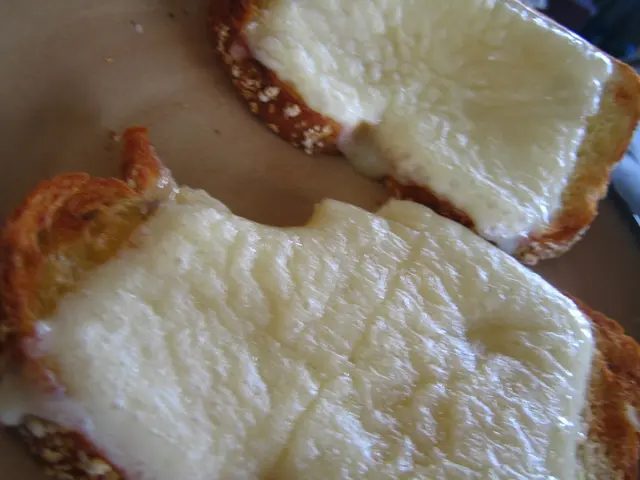Trade tensions renewed: Imposed US tariffs and retaliatory Canadian countermeasures activate
On March 4, 2025, the United States introduced additional tariffs on Canadian goods, marking a significant escalation in trade tensions. The tariffs, which stand at 25 percent for most Canadian imports and 10 percent for certain products like automobiles, were implemented in response to Canadian imports not meeting the USMCA origin rules. In response, Canada imposed reciprocal tariffs.
The rules of origin for a good depend on technical rules set out in trade agreements, requiring a good to undergo some degree of substantial transformation in a country to become a good of that country.
The tariffs were not a sudden move. On February 1, US President Donald Trump signed three executive orders imposing tariffs on all imports from Canada, China, and Mexico. The US Executive Order specifically targeted 'all articles that are products of Canada' - Canadian-origin goods.
President Trump has also ordered a national security investigation into US lumber imports, indicating that further tariffs on Canadian softwood lumber may occur. On February 10 and 11, two additional Executive Orders were signed, resulting in 25 percent tariffs on all raw, semi-processed, and derivative steel and aluminum imports into the US from any country, including Canada, effective March 12.
As part of its 'America First Trade Policy,' the US is still undergoing an investigative review of alleged trade deficits that negatively impact the US economy, with greater tariffs or other barriers to trade potentially coming by April 1. The tariffs were implemented pursuant to the President's authority to address national emergencies under the International Emergency Economic Powers Act.
The Government of Canada has said that its existing Duties Relief and Duty Drawback Programs will be available for all duties paid or payable, subject to the requirements under CUSMA. The Canadian counter-tariffs will only apply to goods originating from the US.
The tariffs have not been without controversy. Ontario Premier Doug Ford has threatened to cut off electricity supply from Ontario to power grids in New York State, while some provinces have threatened to double road-toll fees on commercial vehicles from the US.
These steel and aluminum tariffs are an expansion of previous tariffs imposed during President Trump's first term in office. On February 25, President Trump signed an Executive Order directing the Secretary of Commerce to initiate an investigation under Section 232 of copper imports that could lead to tariffs being imposed on imports of raw and refined copper as well as derivative copper products.
As of March 4, a 25 percent duty applies to all imports of products of Canada (i.e. Canadian-origin goods) into the US, except certain energy and energy resources, which are subject to a lower 10 percent duty. The tariffs were originally set to go into effect on February 4, but were paused for 30 days to allow more time for discussions between the US and Canada.
As of the date of publication, Alberta and Saskatchewan have yet to announce any planned countermeasures, but all provinces appear to be largely supportive of the federal response. The situation continues to evolve, and further developments are expected in the coming weeks.
Read also:
- International powers, including France, Germany, and the UK, advocate for the reinstatement of sanctions against Iran.
- Companies urged to combat employee resignation crisis, as per findings from the Addeco Group
- Republicans advocate Trump's domestic policy plans in Iowa, though some business owners remain skeptic
- International discussions on plastic waste management might be shaped by China pledging to reduce plastic production levels.







